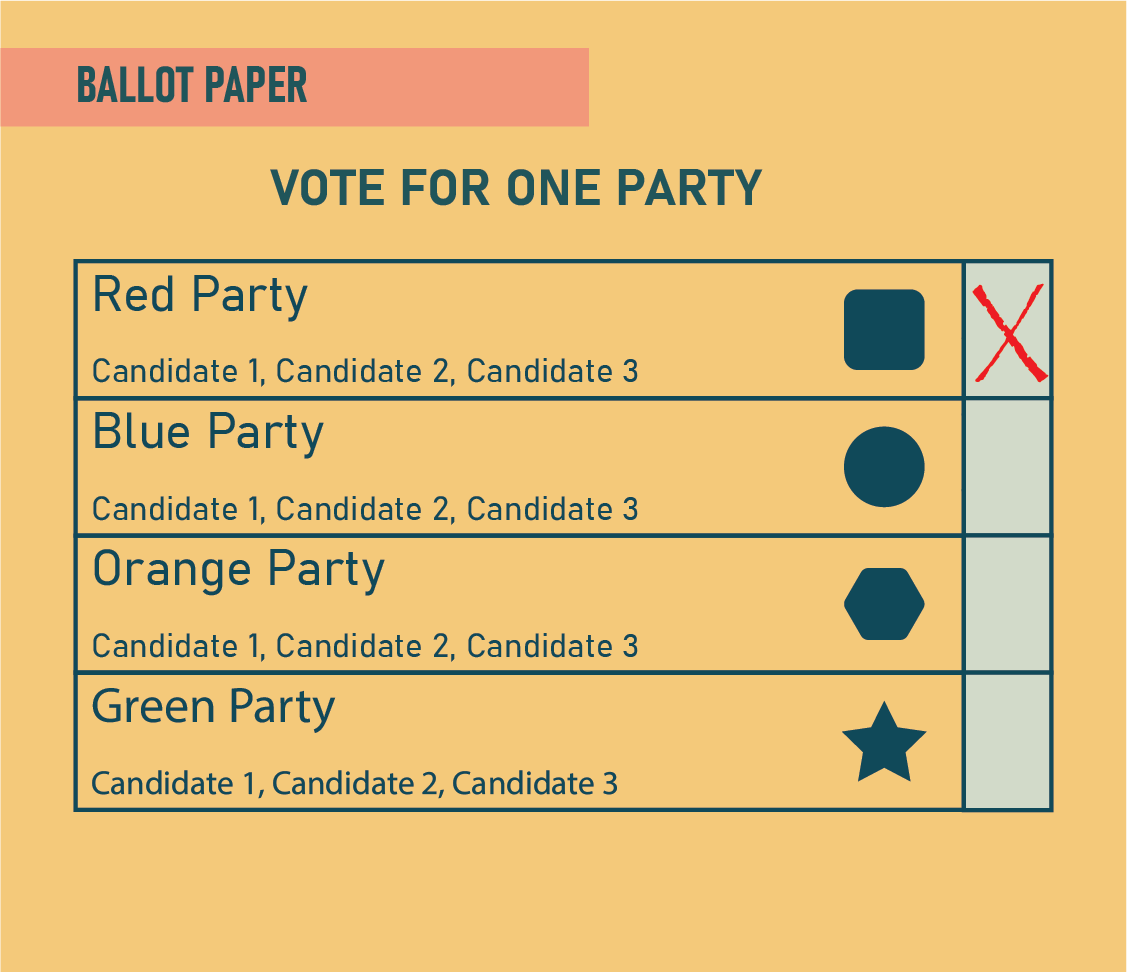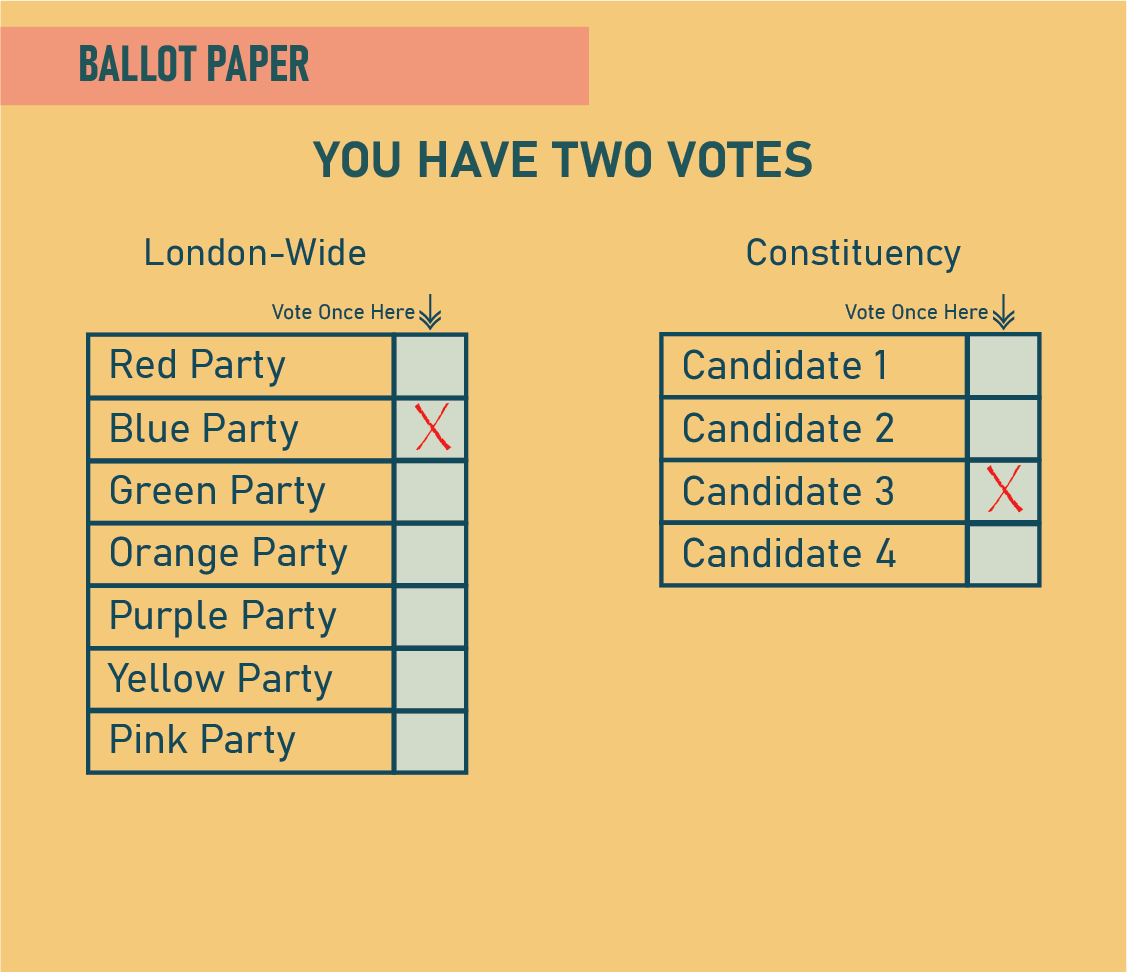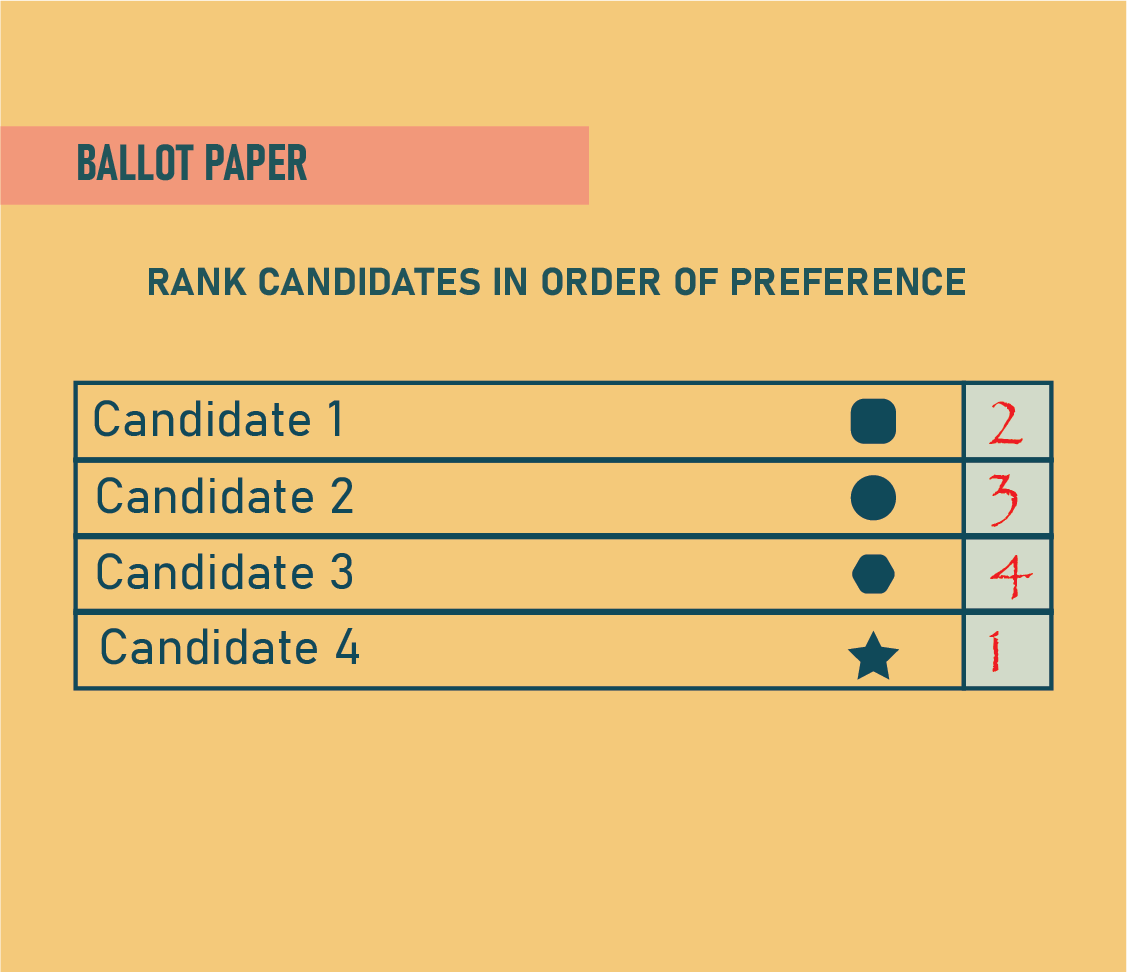LONDON ELECTIONS 2021
Could proposed changes to the electoral system herald the end of 'fair' and representative elections in the capital?

Before you go ahead, please answer the following questions:
An introduction to electoral systems:
Electoral Systems: How they work in the London Elections and why they are important.
Electoral systems affect our political culture as much as they affect election results. They can enhance or restrict our democracy.
Some of them can help deliver seats to a diverse range of political parties, provide more choices for voters, and ensure governments are elected with majority support.
Some do the opposite.
In the London Assembly elections, the proportional system ensures smaller parties have a chance to gain a seat and bring with them new ideas and fresh perspectives.
However, this could all soon be coming to an end.
In March, Home Secretary Priti Patel suggested future London Mayoral elections would ditch the supplementary vote system for first-past-the-post.
The Electoral Reform Bill 2016 proposed by the Conservatives also outlines plans to use first-past-the-post for the London Assembly elections.
How would this change in the electoral system impact the London Assembly?
Electoral Reform Society communications officer Jon Narcross believes this a step backwards and the government are attempting to impose Westminster's 'broken' system on the capital.
He said: “You’ll get to a position where multimillion pound budgets would be handed to people that a majority of voters didn’t necessarily want in.
"It really damages accountability and undermines the legitimacy of those candidates who are elected.”
Using data from past elections, we can see how different electoral systems affect election results and wider political culture and assess the impact of the plans to introduce first-past-the-post.
First-Past-The-Post (FPTP)

Example of a first past the post ballot paper. Voters have one vote and usually choose a candidate who will represent their constituency.
Example of a first past the post ballot paper. Voters have one vote and usually choose a candidate who will represent their constituency.
The UK and Belarus are the only two countries in Europe that use first-past-the-post for national elections.
It is the most straightforward electoral system and gives voters a say on whom they elect in their constituency, and it allows for majorities in legislative bodies that proponents say provides stability.
FPTP is used to elect Members of Parliament during a general election when voters across the UK's 680 constituencies simultaneously choose their representatives.
The winning candidates take up seats in parliament and the party that takes the majority of those seats is allowed to form the next government.
From the Barnet & Camden constituency results in the 2016 London Assembly election shown above, it is clear Labour wins with 81,482.
However, more than 100,000 voted for other candidates. Their votes contribute to nothing and no one represents them, pefectly exemplifing the meaning of 'wasted' votes.
When this process is repeated across many constituencies, a party can win a majority of the seats despite not having a majority of the votes.
Smaller parties do not participate in the constituency elections because they know it's challenging to win, leaving bigger parties with a safe seat that rarely changes hands.
Voters also behave differently under FPTP; they may not agree in principle with the candidate they elect but are forced to vote tactically to prevent a worse option from winning.
We can see below a comparison between the 2016 Assembly election results held under the Additional Member System and an estimate if they were held under first-past-the-post.
Smaller parties would never get a seat, and many Londoners would be deprived of representation.
Either the Conservative or Labour party have won every constituency seat since the first London Assembly Elections in 2000.
Jon Narcross explains the issues with FPTP
Party List Proportional Representation (PR)

Example of a Closed-List PR Ballot Paper. Voters vote once, and results are tallied across a wider region. Multiple candidates are elected.
Example of a Closed-List PR Ballot Paper. Voters vote once, and results are tallied across a wider region. Multiple candidates are elected.
To ‘win’ outright is difficult and parties are encouraged to form coalitions to reach a majority and govern, which means the government is more representative of the population and has majority support.
Below you can see how PR encourages smaller parties to take part in the electoral process and how voters preferences change.
Under PR it's clear from above that voters behave differently; they know their votes won't be wasted because it the outcome will be proportional and is not limited to one candidate in their constituency.
Hence they can make a choice that aligns with their values rather than voting tactically in marginal seats.
If London-wide elections were held under PR, then the seats at the 2016 elections would be around the same.
However, PR does encourage a change in behaviour as shown in the previous section and could mean smaller parties gain more seats in future elections. It means fewer votes are also 'wasted'.
We can also see a similar effect for the 2019 General Election below; there is a wider distribution of votes across parties under the PR estimate.
This does not take into account voter behaviour which will be massively influenced by this voting system because there is less incentive to vote tactically.
The problem with PR is the risk of instability; sometimes coalitions can be fraught with the risk of disagreement or results produce no outright winner, both of which could result in regular general elections.
Israel has had four general elections in two for these exact reason.
PR may also allow more radical parties to enter legislative assemblies.
Jon Narcross from the Electoral Reform Society explains the benefits of PR.
Additional Member System (AMS)

Ballot Paper for the Additional Member System. Voters have two votes
Ballot Paper for the Additional Member System. Voters have two votes
AMS is mixed system of First-past-the-post and party-list PR.
It is intended to be a compromise system that distributes votes more proportionally than under FTPT and often means smaller parties have a chance of gaining a seat in the London Assembly.
Electoral Reform Society Communications officer Jon Narcross said: “If you’re a party that does really well in a lot of seats but doesn’t actually get enough to win a constituency seat, AMS balances that out to make sure the resulting assembly is representative of votes of the population for the city.”
Parties need to meet the minimum threshold of 5% to qualify for a seat in the assembly.
Seats are then allocated using a system known as the Du'Hont method to ensure these 11 seats are distributed proportionally.
The results below show the difference between first-past-the-post constituency elections and party-list PR London-wide elections.
Smaller parties score better but still not as representative or simple as doing London-wide PR for future elections.
Whilst it ensures there are smaller parties inside the Assembly, the first-past-the-post system for constituencies provides a guarantee of seats to two parties only.
Single Transferable Vote (STV)

Ballot Paper for the Supplementary Vote. Voters rank their candidates in order of preference.
Ballot Paper for the Supplementary Vote. Voters rank their candidates in order of preference.
Voters are given preference over whom they elect rather than choosing one person outright.
STV also eliminates the need for tactical voting practices seen under first-past-the-post and ensures the multiple winners are representative of the area they are chosen in.
The Northern Ireland Assembly Elections are held using the STV system and results for the 2017 election is illustrated by the chart below.
Two things are clear; no one has a majority and there are more parties in the assembly than either the London Assembly or Westminster.
This sytem is more representative, gives greater legitimacy to governments, and also encourages more cooperation between the different political factions.
To give an idea of just how much it encourages cooperation, the current government in Northern Ireland is made up of Sinn Fein and the Democratic Unionist Party, who were once on opposing sides during 'The Troubles'.
However, like PR, this system could also be unstable if parties reach an impasse over policy and result in more elections.
Supplementary Vote (SV)

Ballot Paper for elections held under Supplementary Vote. Voters choose a first and second preference candidate.
Ballot Paper for elections held under Supplementary Vote. Voters choose a first and second preference candidate.
This is a fair and suitable system for electing the executive head of a governing body that requires only one person to win.
It also means politicians must appeal to more people to ensure they can win in the second-round wish to be considered second preference.
It’s much more representative than first-past-the-post, where a candidate could theoretically win 30% of the vote for example.
As you can see below, Sadiq Khan only received 44% in the 2016 Mayoral Election, prompting a second-round run-off in which he passes the 50% threshold and wins.
If the Home Secretary goes ahead with plans to impose FPTP on the Mayoral elections it is likely to reduce the legitimacy of the winner.
Jon Narcross from the ERS explains how well SV works.
It's clear from the data above that any form of proportional representation offers governments and legislative bodies that represent a much larger and diverse group of the population.
It's also clear that first-past-the-post restricts representation and legitimacy, and thus fairness and accountability.
The Conservative Party's plans to change the electoral system could mean the end of fair elections and a truly representative London Assembly.
If we want to create a political culture of cooperation and consensus, then we should seek to implement a proportional system instead.
Lead picture of London - Credit: Benjamin Davies via Unsplash
